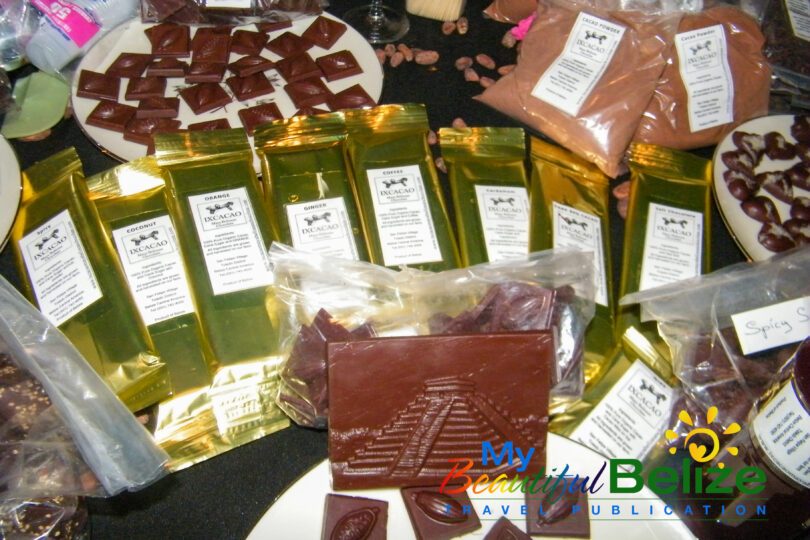Chocolate is a beloved treat enjoyed worldwide but holds significant cultural importance for many cultures. In Belize, the cacao plant used to make chocolate has a rich history and cultural significance for the Maya. Chocolate played a vital role in ceremonial beverages and ritual offerings for the ancient civilization, and their descendants still use the cocoa plant today to create some of the best artisanal chocolate.
Archaeological evidence suggests that Belize was the earliest hub for cacao cultivation, with the Maya drinking cacao beverages as far back as 600 BCE. Spouted ceramic vessels, excavated intact at the archaeological site of Colha in Belize, still contain cacao residue. Cacao wood charcoal dating to the same period (600 BCE to 250 CE) has also been found at several regional sites.
Belize has a long history of cacao production, with nearly a dozen artisan chocolate companies taking cacao from bean to bar. Small farmers in the country’s southern regions are responsible for most of the production, and the cocoa produced in Belize is valued as a fine-flavored product that fetches a premium price in world markets. While some of the raw cocoa is exported, artisanal chocolatiers process and locally market various authentically made Belizean chocolate products.
Have you ever wondered how chocolate is made? How do cacao beans turn into those delicious bars, drops, squares, bonbons, and truffles? First, the cacao pods (fruit) are picked from the tree, and then the seeds are removed by cracking the pods open. Each pod contains approximately 50-60 cacao beans surrounded by a thick, delicious pulp. The beans are then fermented and sun-dried before being roasted. The next step depends on the production level, but traditionally, in Maya communities, the bean shells are cracked, and the nibs are ground using an old-fashioned metate grinder. The metate has a super heavy stone base and a smaller oblong handle (mano) used to mash and grind the nibs until they form a thick paste.  The ground nibs are mixed with sugar and milk, and the cocoa-to-milk/sugar ratio is adjusted to reach the desired taste. The more sugar and milk added, the sweeter and creamier the chocolate. The possibilities for chocolate are endless, including dark chocolate, milk chocolate, white chocolate, and even unique blends that include spices, fruits, and nuts. Belizean artisans also make chocolate wines, powders, soaps, and body scrubs.
The ground nibs are mixed with sugar and milk, and the cocoa-to-milk/sugar ratio is adjusted to reach the desired taste. The more sugar and milk added, the sweeter and creamier the chocolate. The possibilities for chocolate are endless, including dark chocolate, milk chocolate, white chocolate, and even unique blends that include spices, fruits, and nuts. Belizean artisans also make chocolate wines, powders, soaps, and body scrubs.
Every year, we celebrate the luscious treat of chocolate during the Chocolate Festival of Belize. This fantastic festival grows every year and attracts hundreds of visitors from around Belize and overseas to what we call the Chocolate Capital of Belize, the Toledo District. This year’s festival is held from May 17th to May 19th. The Chocolate Festival of Belize is the perfect reason to visit Southern Belize and the surrounding Toledo District. This annual event brings together what Toledo District offers – history, culture, music, cacao, cuisine, and charm! For more details, visit: https://chocolatefestivalbelize.com/


